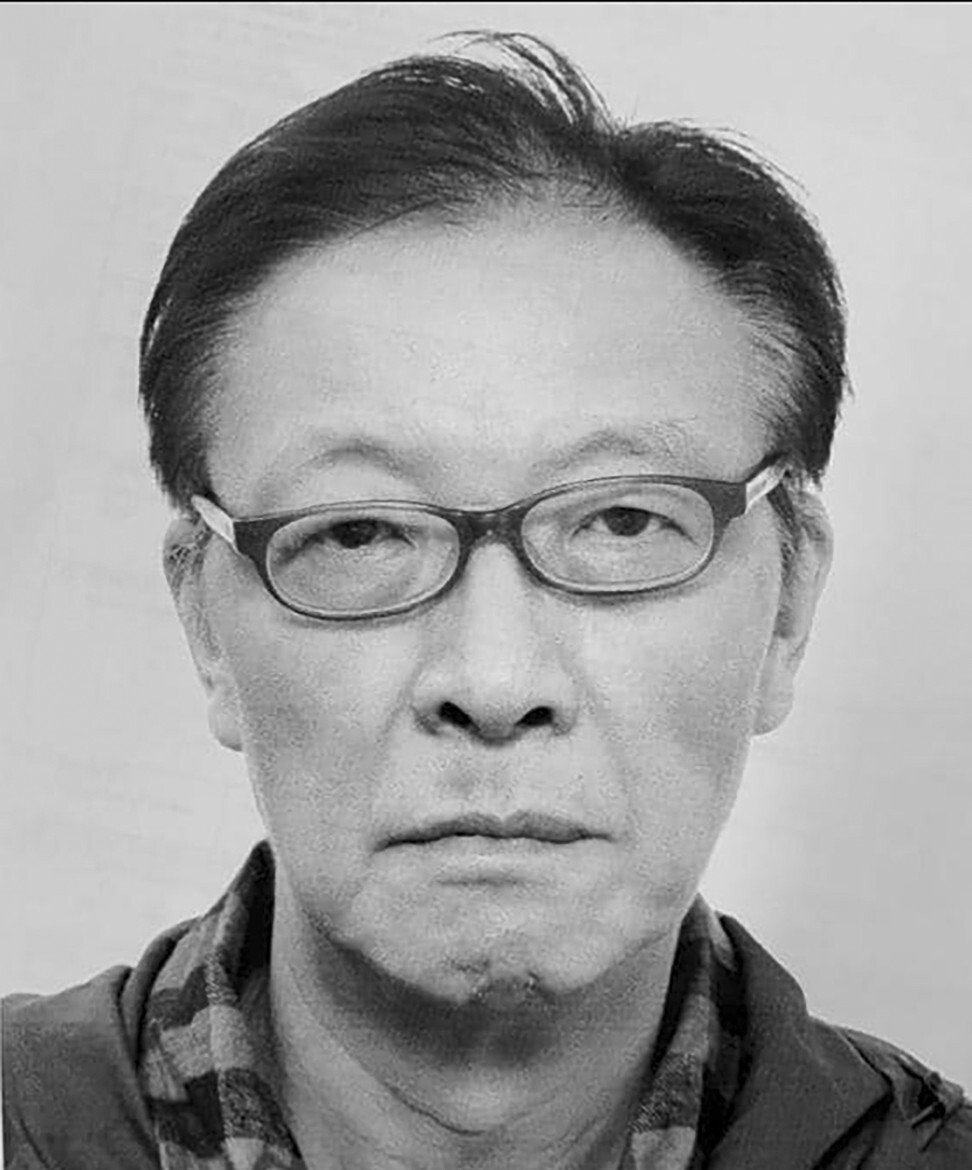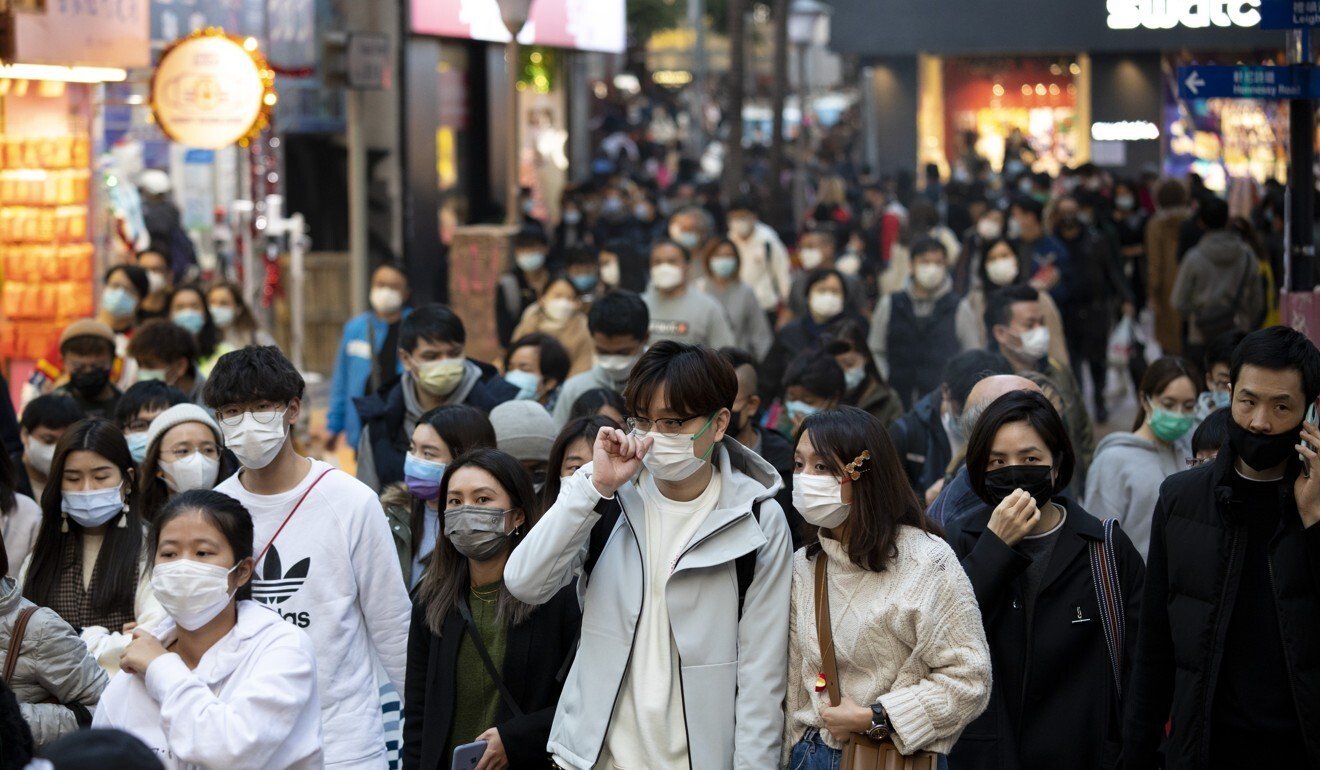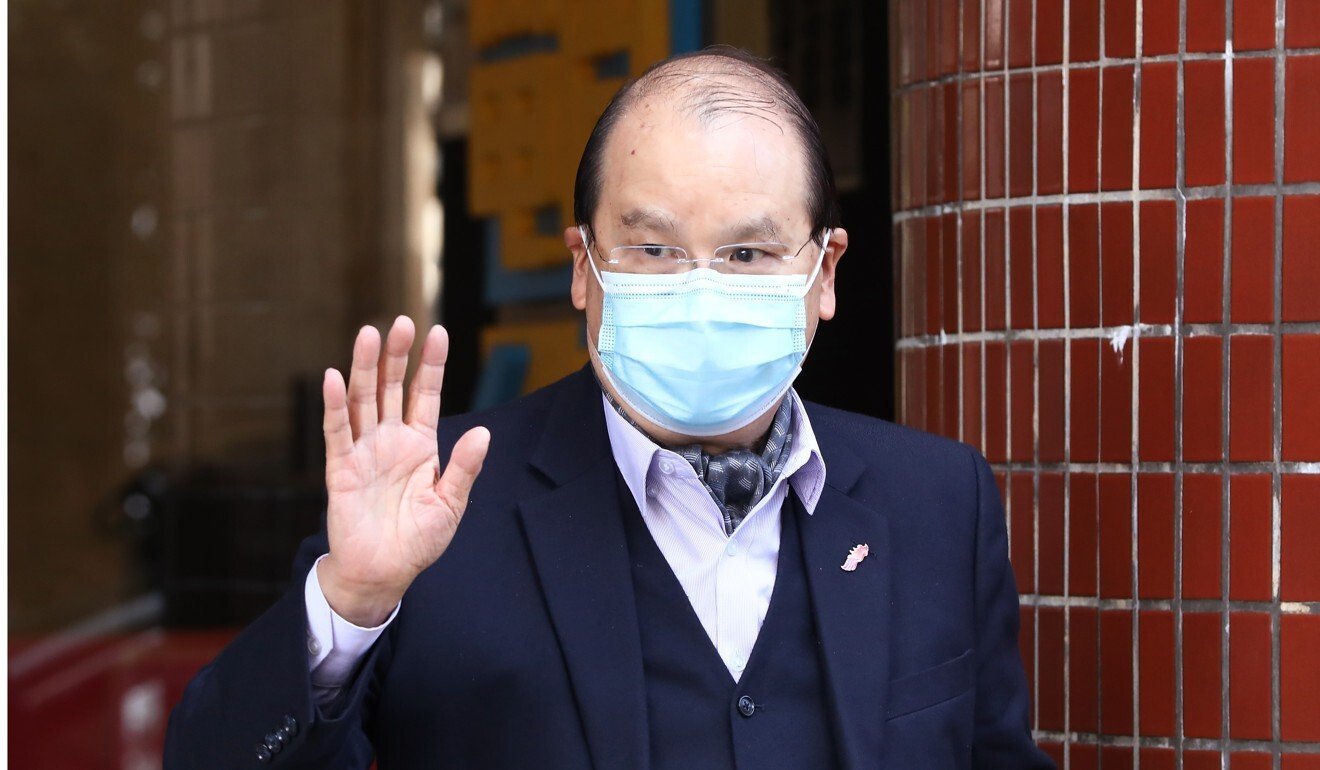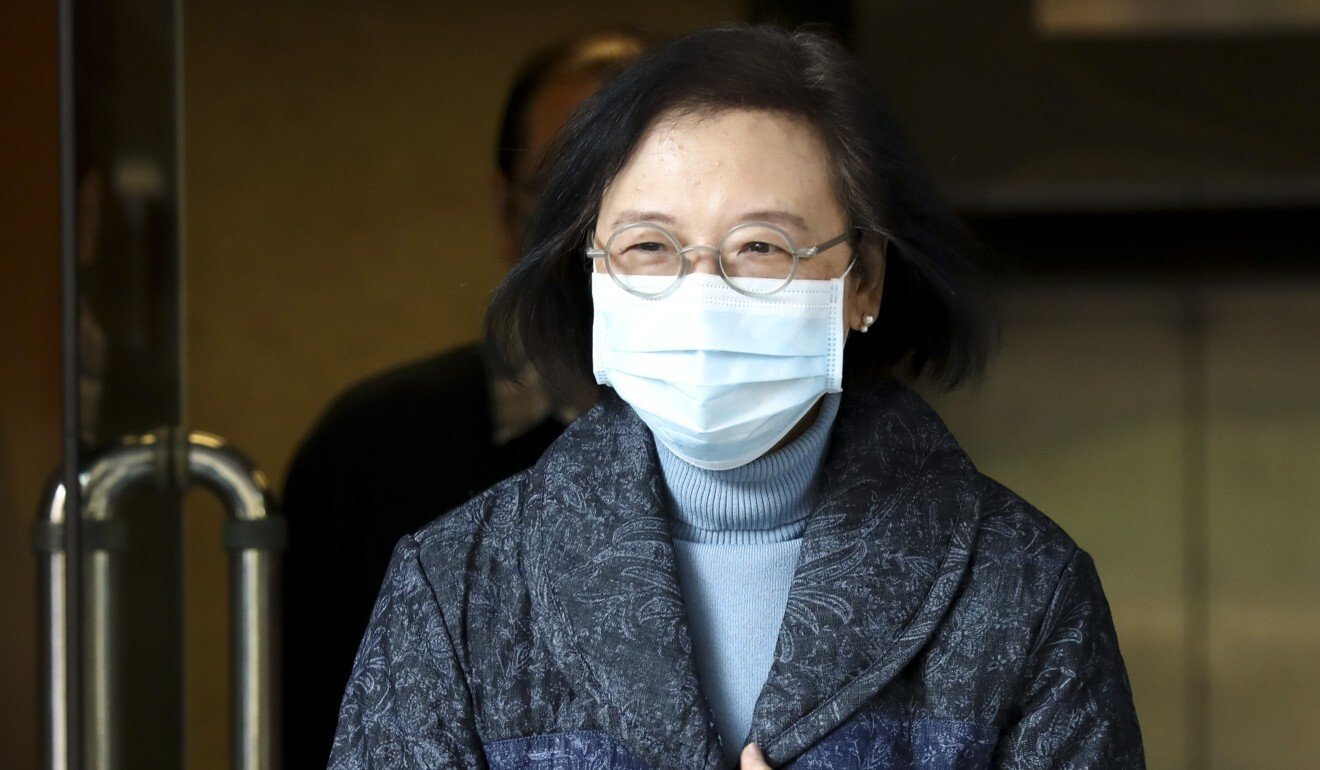Patient, identified as Li Wan-keung, 63, had been previously uncooperative and attempted to leave isolation ward at Queen Elizabeth Hospital, officials said.
Hong Kong police on Saturday were still hunting for a Covid-19 patient well over 24 hours after he fled from a public hospital, while health officials were left red-faced over a series of security lapses that allowed him to put the public at risk.
On a day that the number of confirmed coronavirus infections across the city surged to 109, officials admitted the patient, identified as 63-year-old Li Wan-keung, had been previously uncooperative and attempted to leave his isolation ward at Queen Elizabeth Hospital just the day before.
The Hospital Authority said it would look into enhancing security measures, given that no guard was posted outside the ward which had CCTV cameras without a recording function, while police released a photo of the runaway patient in the hope that members of the public could help catch him.

Li was said to be about 1.6 metres tall, of medium build and with short black hair. He was last seen wearing a patient’s gown, a dark blue coat, sports shoes and a surgical mask.
He was a close contact of another Covid-19 case, and was admitted to the isolation ward on Monday after being confirmed positive two days earlier. He lived on Fa Yuen Street in Mong Kok.
Dr Linda Yu, a chief manager at the authority, said Li had taken some convincing from medical staff before cooperating with treatments and tests, but his condition was stable and he did not show abnormal behaviour before he fled.

Staff had been alerted about his first escape bid, but Li could have been successful the second time as he “moved too quickly” while workers were busy, Yu said.
He ran down stairs and disappeared before he could be caught.
Yu admitted patients could leave isolation wards to request help from medical staff.
“There are no locks [in the wards], they just need to push some buttons and they can go out,” she said.
“Sometimes if the patients act very quickly and rush out, it is possible for them to run away, as has happened in this case.”
Typically, security guards were not stationed at isolation rooms, and the CCTV camera in Li’s ward did not record footage, she revealed.
“Most of our patients are very cooperative because they are sick and want to be treated in hospital,” she said.
Respiratory medicine specialist Dr Leung Chi-chiu said staff could not chase after Li outside the hospital as they were wearing personal protective equipment. “If they ran out, then there would be a contamination risk for the public,” he said.
Leung warned that Li was “definitely a risk” as his viral load was considerably high, and there were no leads as to where he could have gone.
“Because he is up and about, we don’t know if he will go to a crowded supermarket or other places. We really cannot tell,” he said. “It’s important to locate him as soon as possible.”
Leung also called for more detention spots with full isolation facilities to handle patients with behavioural issues.
Dr Ho Pak-leung, a microbiologist from the University of Hong Kong, said patients should be required to wear wristbands that would trigger an alarm when they left designated premises.
It is illegal for anyone who is quarantined or isolated in facilities such as hospitals and care homes for the elderly and disabled to flee. The offence is subject to a fine of HK$5,000 (US$645) and two months’ imprisonment.
Earlier on Saturday, officials pledged to increase manpower to ensure close contacts of Covid-19 patients would be quarantined within two days.
The city’s No 2 official, Chief Secretary Matthew Cheung Kin-chung, told local radio the new target was set at an interdepartmental emergency meeting and a mechanism would be put in place to streamline large-scale evacuations in housing estates.
Secretary for Food and Health Sophia Chan Shiu-chee told the same programme there was room for improvement to speed up quarantine arrangements.
“More manpower and vehicles have been arranged. Even the Fire Services Department is helping out now on the provision of vehicles. The procedures should be smoother,” she said.

Chan added that health officers should have a target of transferring close contacts to quarantine centres within a day. If the department faced a shortage of staff, they had to request help.
“In the past, colleagues at the Department of Health perhaps had hoped they could contact the cases on their own. But sometimes, they might have to contact them many times given the residents do not answer calls,” she said.
“Now if they can’t contact them after trying once or twice, then maybe we need to … seek help from police.”
The Department of Health said on Saturday afternoon it had transferred more than 480 close contacts to quarantine centres in a 24-hour operation after a strain on resources led to delays. The department said it would proactively follow up on quarantine arrangements and continue to review manpower needs.
Of Saturday’s 109 infections, 102 were locally transmitted, including 42 from unknown sources. The official tally now stands at 8,078 cases, with 129 related deaths.
Multiple infections at five residential buildings prompted health authorities to distribute specimen bottles to: Fu Yan House at Fu Shan Estate in Diamond Hill; Shek Wing House at Shek Lei (II) Estate in Kwai Chung; Ping Shing House at Ping Tin Estate in Lam Tin; Skypark in Mong Kok; and Block D of Kwan Yick Building Phase II in Sai Wan.

Mandatory testing, meanwhile, was ordered at King Tsui Court in Chai Wan, after two new infections were reported, including one from a flat not previously affected.
Six flats there have now had cases. But Dr Chuang Shuk-kwan, head of the Centre for Health Protection’s communicable disease branch, said the situation was not yet considered an outbreak.
“We cannot find any obvious pattern of clustering, either horizontal or vertical, so if the residents got infected from the building it may be due to some environmental encounters or contamination. We cannot establish an obvious link among the cases yet,” she said.
A compulsory testing order was also issued for Block 6 of Richland Gardens in Kowloon Bay for a second test. Authorities hope to identify patients with long incubation periods.















